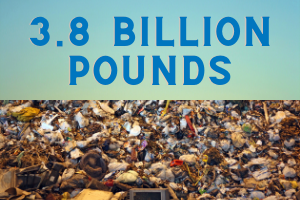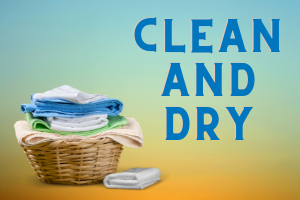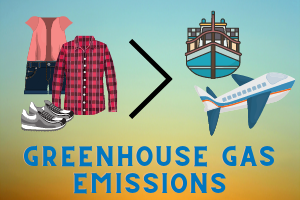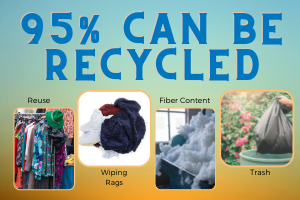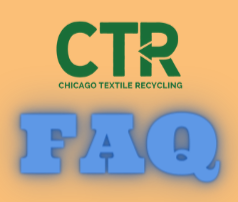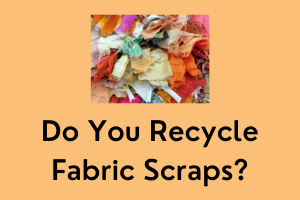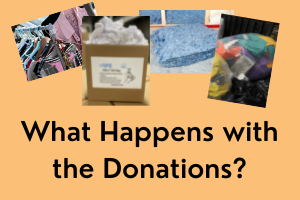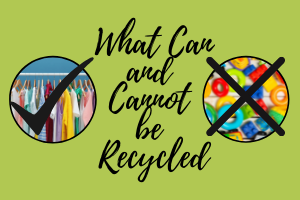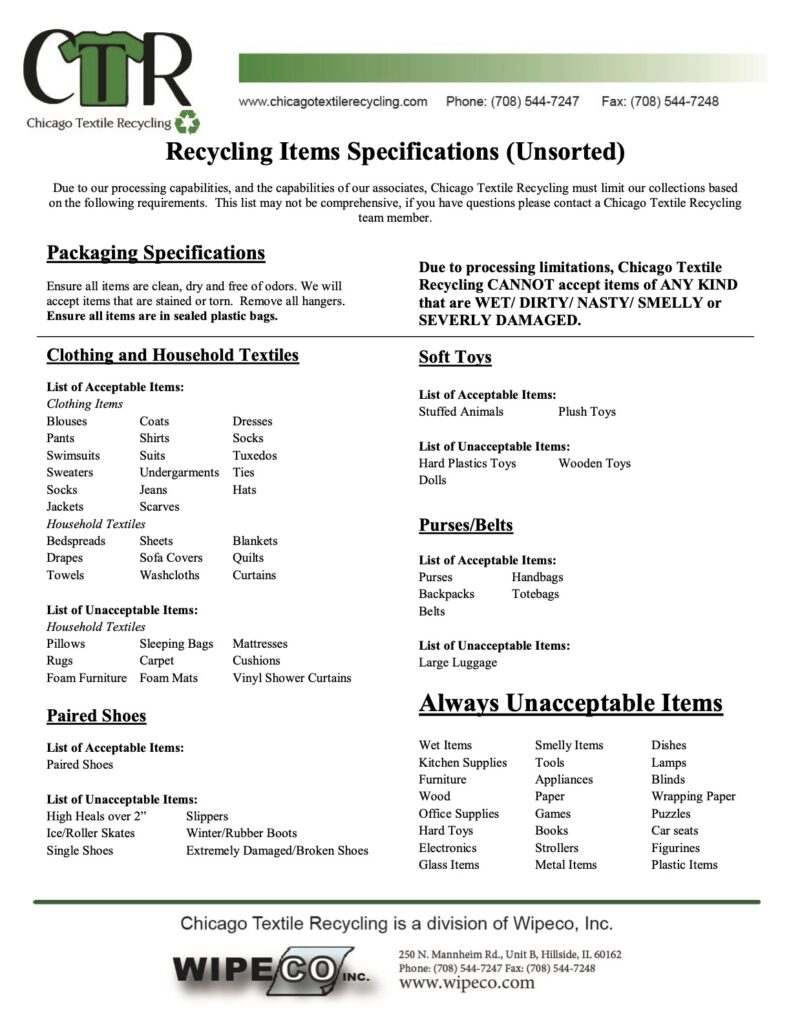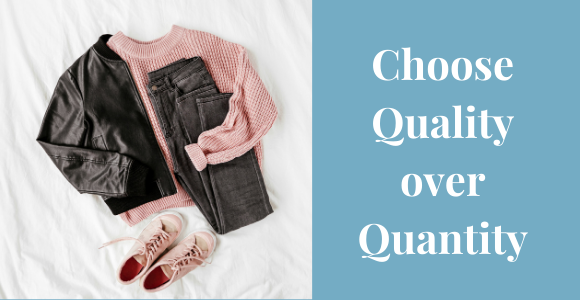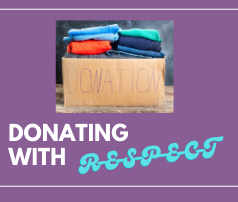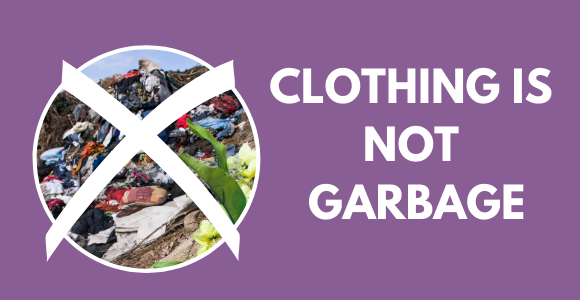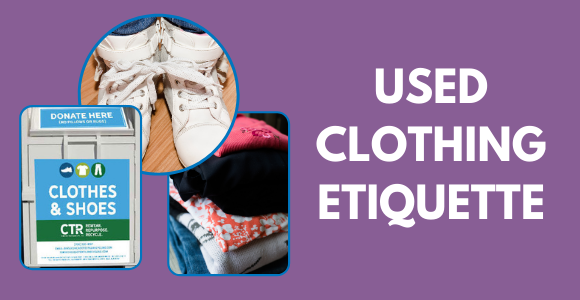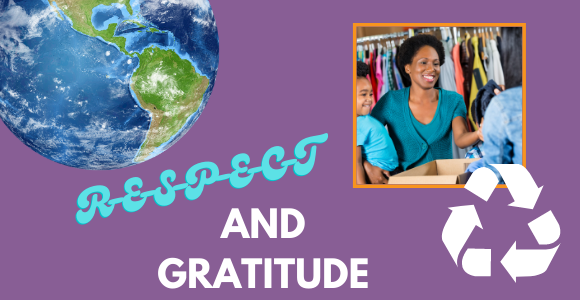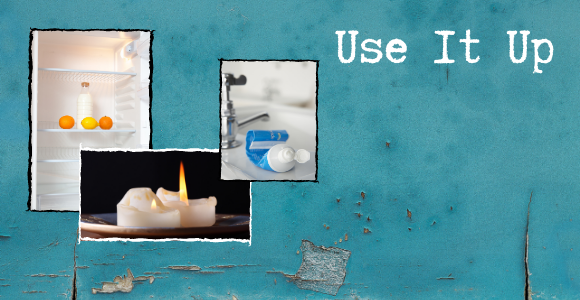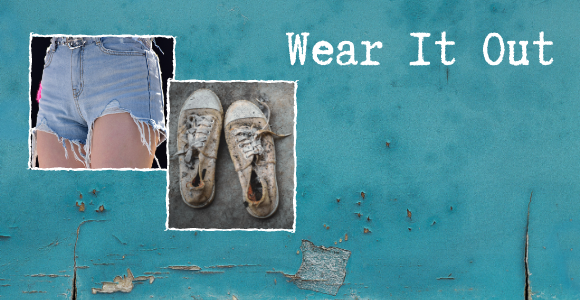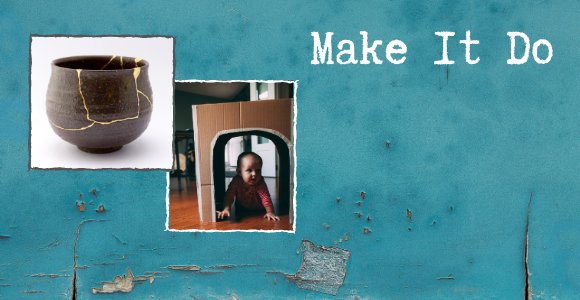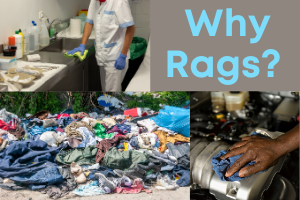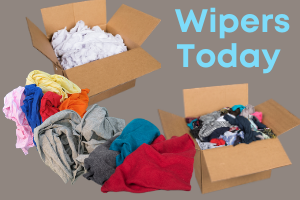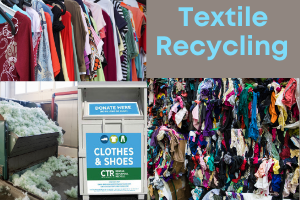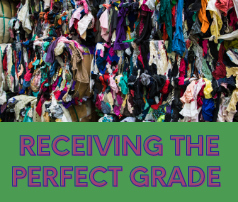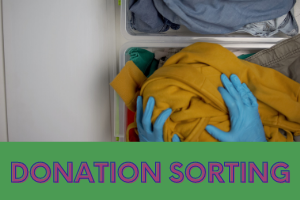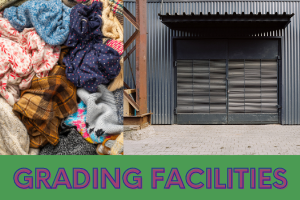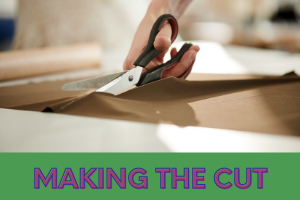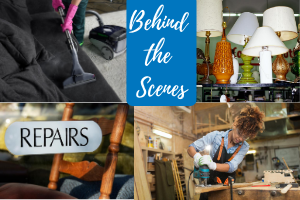 Recycling
Recycling
Children’s Books on Textile Recycling

We love to educate our readers about the importance of textile recycling. And we know that our readers include all different races, ethnicities, genders, etc. Our readers also come from different family sizes, from single adults to heads of households of multiple children. For those that know kids, have kids, are aunts and uncles to kids, teach kids or just love kids, this post is for you. To fulfill this part of our mission of educating readers, we would love to share children’s books we have come across that teach kids about textile recycling and understanding textiles.
Jordan and the Magic Cape

Fifteen students in Simon Fraser University’s Make Change Studio Program created a book titled “Jordan and the Magic Cape” to teach kids about textile sustainability. The main character Jordan owns a beloved cape that becomes damaged. After Jordan is told to throw it away, the cape comes to life and tells Jordan that they are not finished having adventures together. Jordan then learns about different fabrics that can restore the powers of the cape.
Where Did My Clothes Come From?
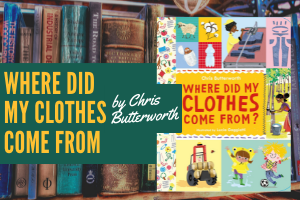
Written by Chris Butterworth, this book explains how and where different fabrics are made. From jeans being made from cotton plants to sweaters being made from sheep’s wool to a party dress made from silk worms, this book goes semi in-depth in a kid friendly way to help kids understand the process of creating textiles. Other fabrics include chemical synthetics, fleece made from recycled plastic bottles, and boots made from rubber trees. The last few pages are dedicated to recycling facts and the importance of textile recycling.
My Panda Sweater

In this book by Gilles Baum, a little girl loves to wear her panda sweater. When she grows too big for it, she donates it so someone else might use it. A new child joins her class one day, and the child is wearing the panda sweater. She befriends the new classmate and they dance together, not caring what other kids may think. This book will inspire kids to share clothes they have outgrown with other kids in need.
Joseph Had a Little Overcoat

Simms Taback wrote this story about a man with an overcoat that was old and worn. Joseph created a jacket from the coat, which then became old and worn. He then made a vest, scarf, tie, handkerchief and button, until finally he lost the button. Inspired by a Yiddish folk song, titled, “I Had a Little Overcoat,” the author created this book to teach about using textiles to their end of life.
Something from Nothing

A very similar book is “Something from Nothing” by Phoebe Gilman about a little boy whose grandfather made him a blanket, which after becoming worn, became a jacket, vest, tie, etc. The illustrations in this book also depict a mouse family living under the floorboards that take the scraps from this blanket as the grandfather cuts it down into different items and uses the scraps for bedding, rugs, curtains and clothes.
I Had a Favorite Dress

Another book with a similar plot is “I Had a Favorite Dress” by Boni Ashburn. Similar to the previous books, it is about a little girl who has a favorite dress, which she outgrows. Her mom then sews it into a shirt, tank top, skirt, scarf, socks, and then hairbow. After the hairbow becomes too tattered, her daughter makes the little pieces of the hairbow into a picture that she can hang up and remember her favorite dress. Each of these books promote the idea of respecting and taking care of our clothes rather than treating them as disposable items to misuse and trash.
New Old Shoes
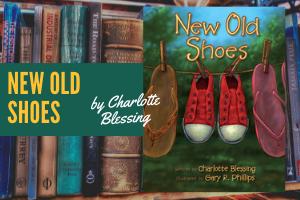
Charlotte Blessing wrote this book about the lifespan of a pair of shoes. The shoes begin their journey sitting on the shelf brand new at a store and are soon bought for a child to wear and play. Later donated, the shoes were then shipped overseas as a used textile, sold in the market and worn by two more children until they grew no longer functional. This book raises the importance of donating old shoes and wearing them out to their end of life. It shows that rather than sending old items to a landfill, they can find use and have even a second and third life with donation.
Next Generation
In addition to sharing with our readers about consequences of throwing away textiles, where to donate old textiles, and different programs around our world making headway toward a circular economy in textiles, we also desire to create this love of caring for our planet in the next generation. Caring for our planet and ensuring its health in the years to come necessitates the education of our children on the importance of doing our part. Education through age-appropriate books, recycling textiles, pushing for a circular textile economy, cleaning our parks and oceans, buying more sustainably, and composting are a few of the many ways we can keep our planet beautiful and thriving for future generations.


